Some cars age. Others become timeless. Vintage cars, especially those built before the late 1930s, weren’t just machines—they were moving sculptures. Built by hand, designed with elegance, and often tailored for wealthy buyers, these early vehicles still command attention nearly a century later. You don’t need to be a historian to appreciate their curves, their craftsmanship, or the way they changed the direction of the auto industry. Here are 10 vintage cars that still stop people in their tracks—because great design doesn’t need a loud exhaust to make an impression.
1925 Rolls-Royce Phantom I
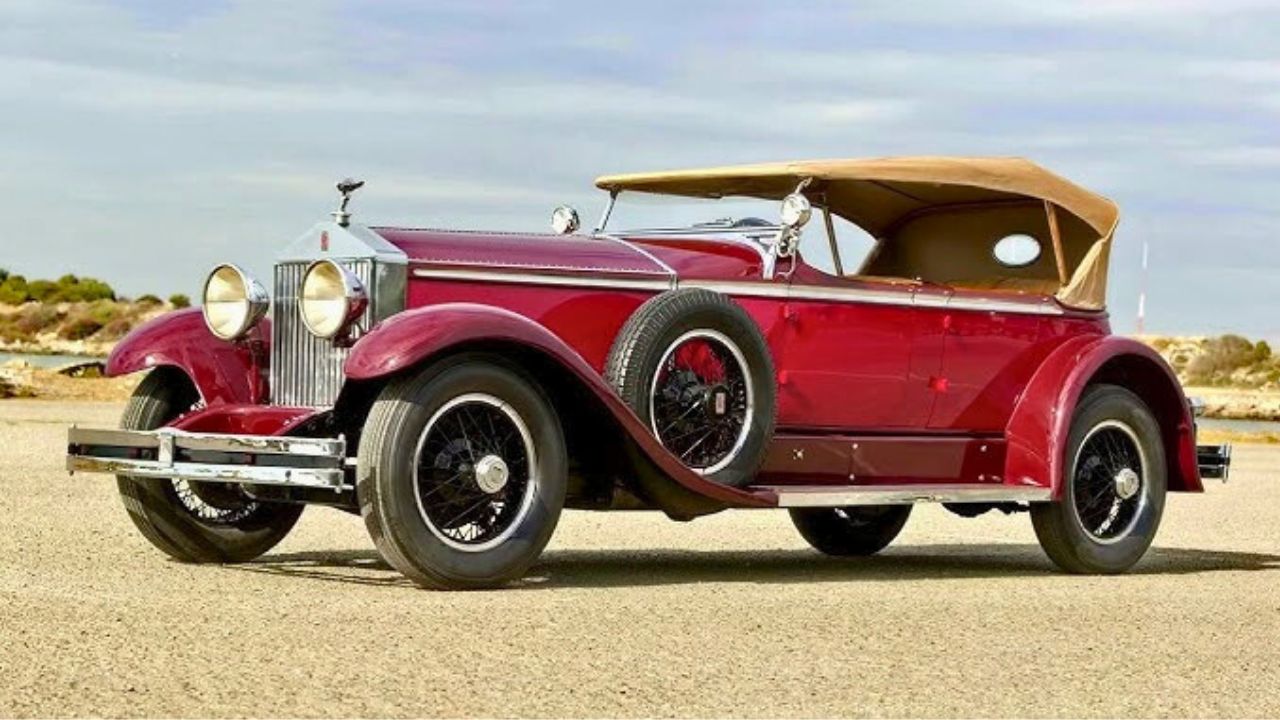
Built like a rolling mansion, the 1925 Rolls-Royce Phantom I was the ultimate status symbol for the elite. Powered by a silky-smooth 7.7L inline-six, it wasn’t just about performance—it was about silence, comfort, and timeless design. Coachbuilders crafted custom bodies to each buyer’s tastes, making every Phantom I unique.
This was a car for royals, tycoons, and movie stars. It marked Rolls-Royce’s shift from the Silver Ghost and set a new benchmark for refined motoring. Even today, the Phantom I stands tall as one of the most elegant machines of the vintage era.
1927 Ford Model A
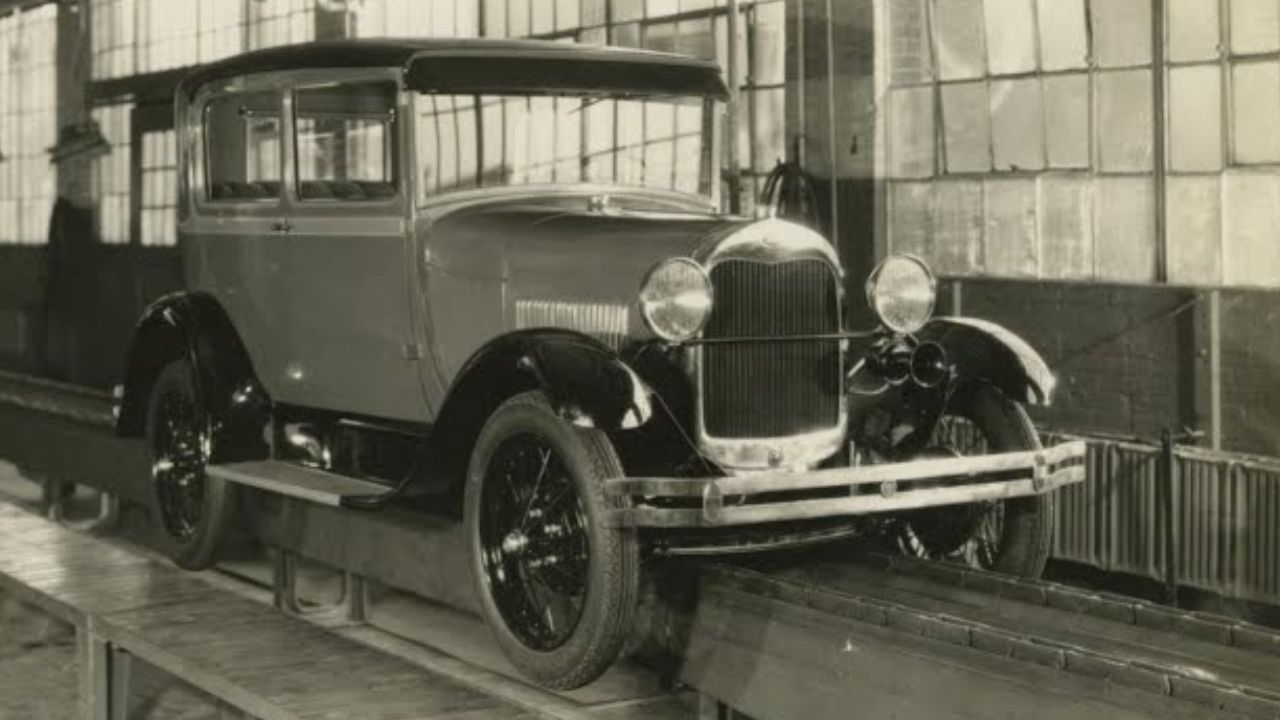
Replacing the legendary Model T was no small task, but the 1927 Model A proved Ford could evolve. Offering smoother controls, a 3-speed manual gearbox, and a 40 hp 4-cylinder engine, it brought real improvements in driveability and safety.
Over 4 million were sold in just four years. It came in multiple body styles, from roadsters to sedans, making it accessible and customizable. The Model A helped modernize the American road and remains a cornerstone of early car collecting.
1929 Duesenberg Model J
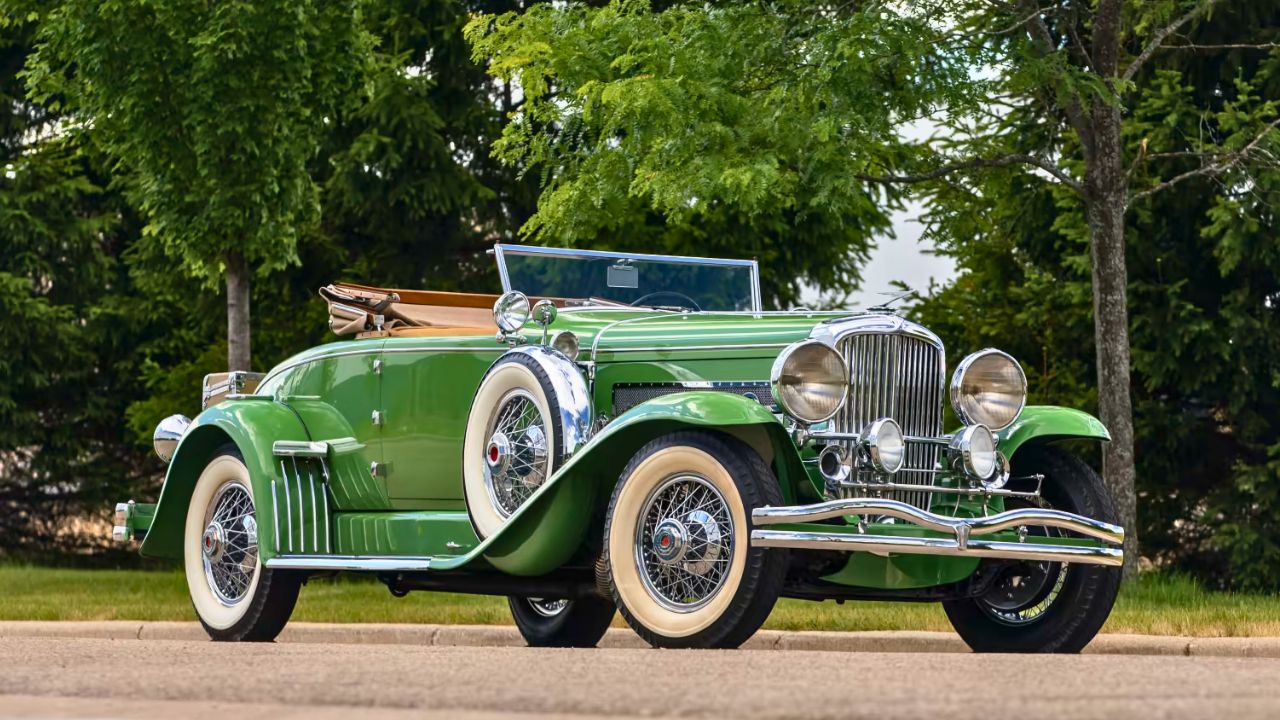
The Duesenberg Model J wasn’t just a car—it was an event. Launched in 1929, it featured a 6.9L straight-eight engine that pumped out 265 horsepower. That was staggering power for the era, enough to make it one of the fastest cars on the planet.
Built for America’s wealthiest, the Model J came with bodies by the top coachbuilders in the world. It embodied excess and performance in a way that few cars ever have. Even today, a well-preserved Model J draws crowds and top-tier auction prices.
1929 Bentley 4½ Litre
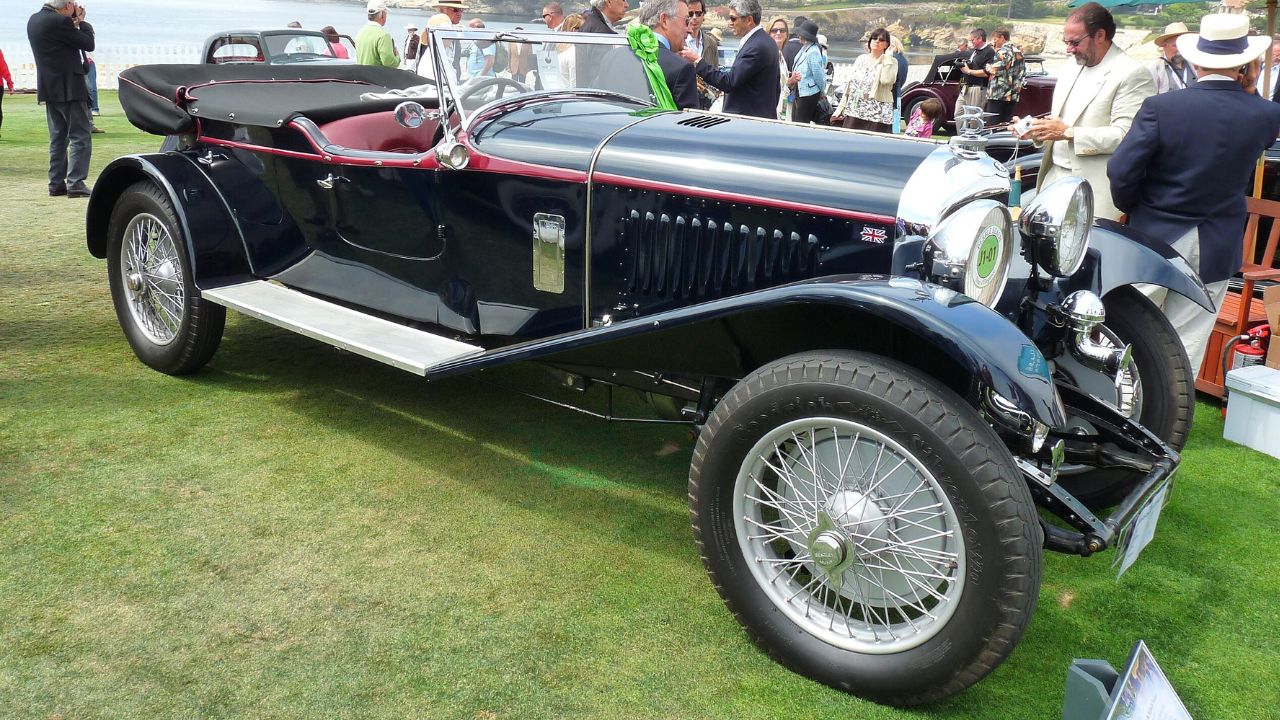
The Bentley 4½ Litre was made famous by the Bentley Boys, a crew of well-off British racers who dominated Le Mans. Powered by a naturally aspirated inline-four, it put out around 110 horsepower. The supercharged “Blower” version was even more aggressive.
Its performance and durability became legend on the racetrack, but it also made for a formidable road car. The big Bentley wasn’t subtle—it was loud, fast, and built to win. It helped shape Bentley’s sporting image that still carries weight today.
1928 Bugatti Type 35
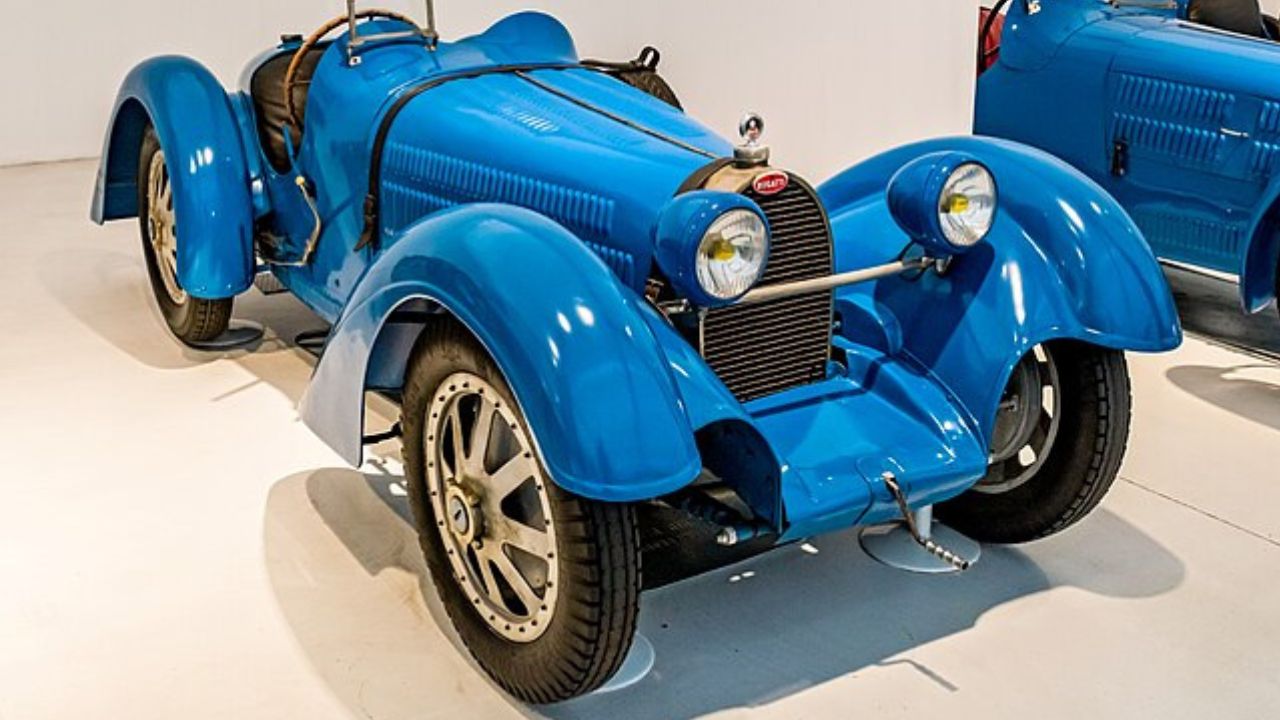
Few vintage cars are as instantly recognizable as the Bugatti Type 35. Designed by Ettore Bugatti, it was lightweight, nimble, and devastatingly quick on the track. Its 2.3L straight-eight engine with a roots-type supercharger helped it dominate Grand Prix racing.
The Type 35 won over 1,000 races in its lifetime. But even off the track, it made a statement. Slim-spoked wheels, sculpted bodywork, and incredible balance made it a marvel. It’s one of the most successful and beautiful race cars ever built.
1926 Hispano-Suiza H6B
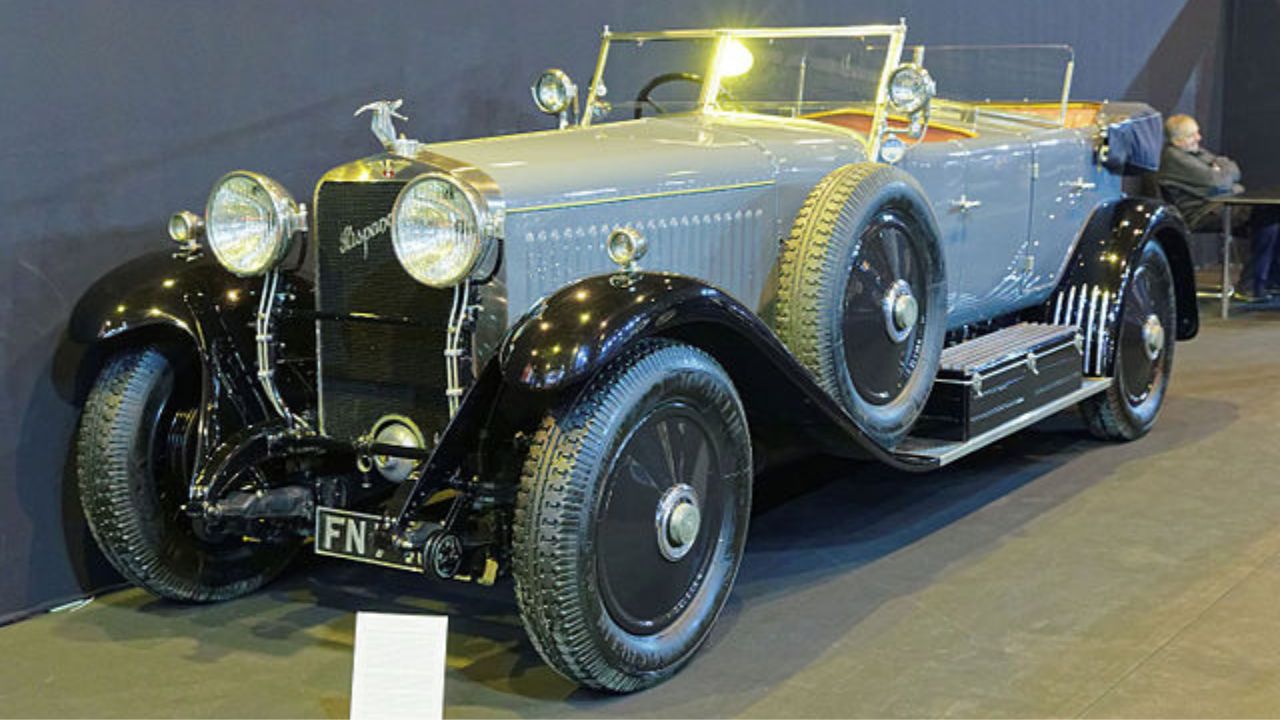
Mixing Spanish flair with French engineering, the Hispano-Suiza H6B was as much about sophistication as it was about speed. Its 6.6L inline-six was based on an aircraft engine, delivering 135 hp and exceptional smoothness.
These cars were favored by kings and celebrities alike. The H6B was one of the first production cars with power-assisted brakes, showcasing its forward-thinking design. With coachbuilt bodies and lavish interiors, it brought a sense of aviation-inspired excellence to the road.
1929 Auburn 8-90 Speedster
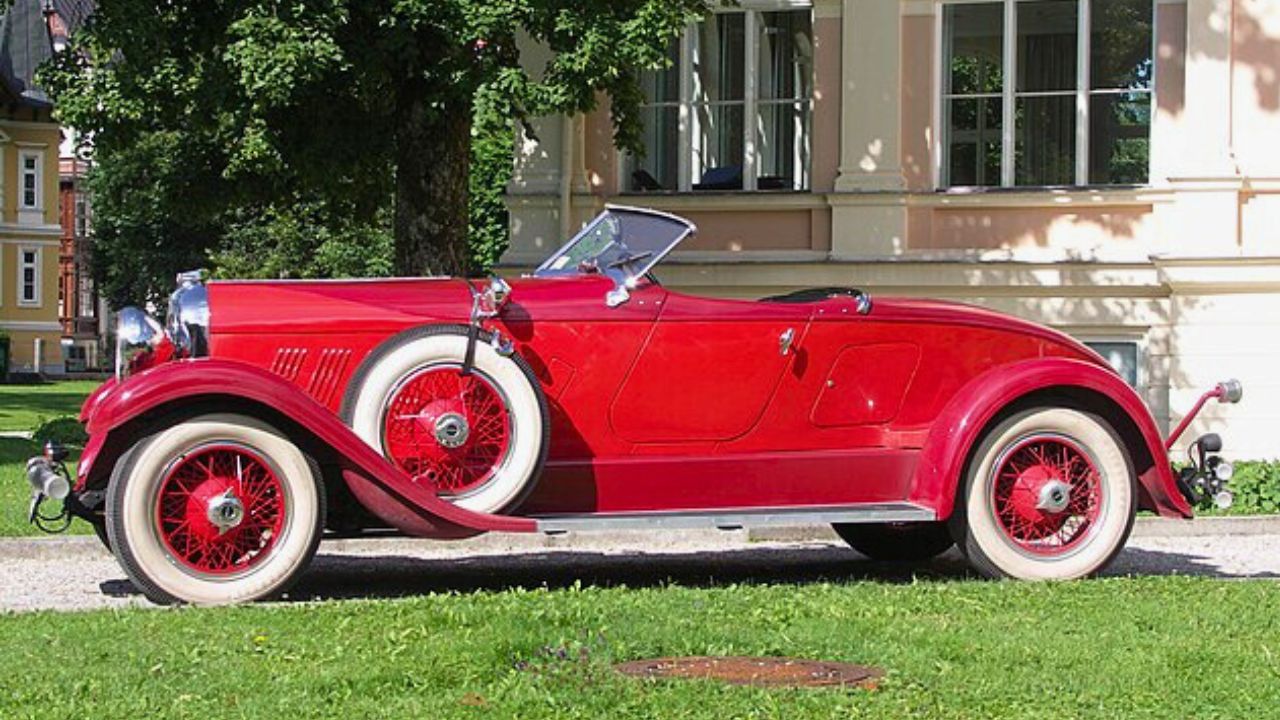
Auburn made a name for itself with flashy, performance-focused cars that didn’t break the bank. The 8-90 Speedster, with its boattail rear and commanding stance, looked fast even when parked. It used a Lycoming straight-eight engine making around 90 horsepower.
The 8-90 was an attention-grabber in its day, helping Auburn carve out a reputation for style and speed. Though not as expensive as a Duesenberg, it delivered plenty of flash for the price and paved the way for even wilder Auburn designs in the ’30s.
1920 Mercer Series 5 Raceabout
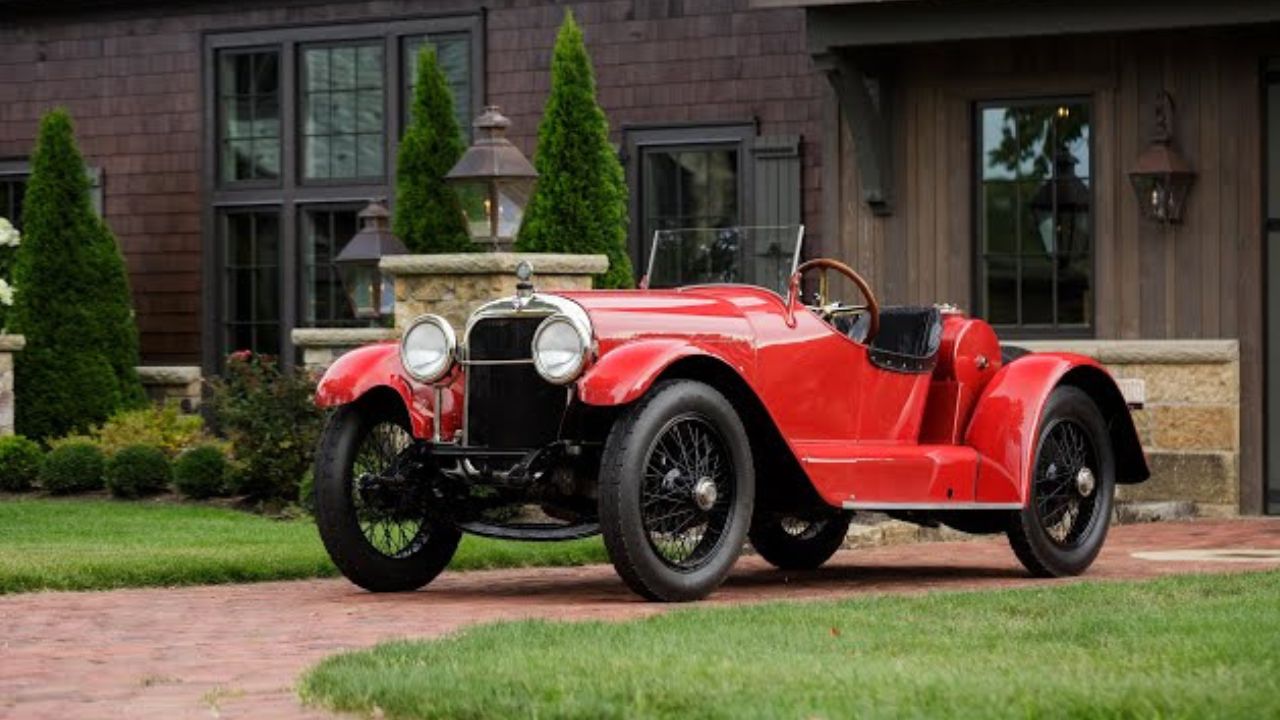
A holdover from the brass-era race cars, the Mercer Series 5 Raceabout looked and felt like a machine built for speed. It had a 4.9L T-head four-cylinder engine making about 70 hp—a serious number at the time.
The Raceabout wasn’t about comfort or luxury. It was a stripped-down, focused machine with no windshield, minimal bodywork, and a real racing pedigree. It represented America’s early obsession with raw power and speed and became a favorite of thrill-seeking drivers.
1923 Vauxhall 30-98
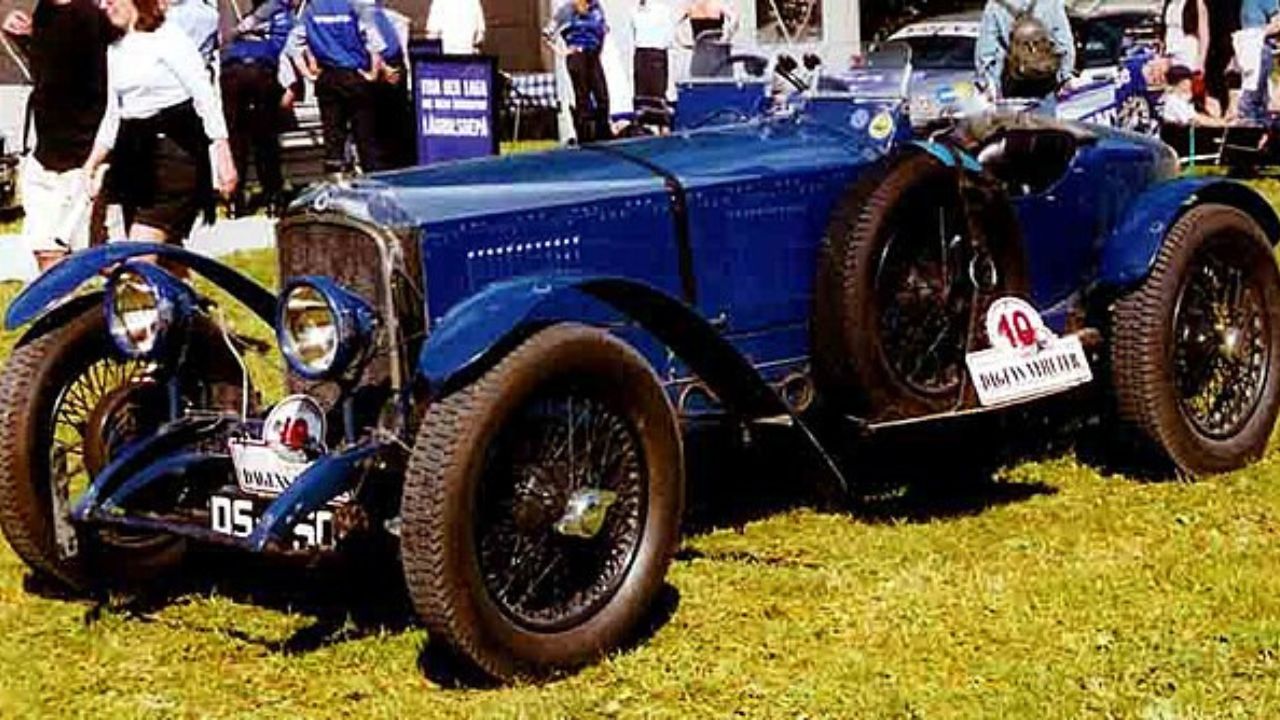
Regarded by many as Britain’s first true sports car, the Vauxhall 30-98 was a serious performer. It could hit 100 mph with the right gearing—a remarkable feat in the early 1920s. Its 4.5L four-cylinder engine was hand-assembled and built for torque.
The 30-98 was light for its time and had strong handling for a prewar car. Coachbuilt bodies varied in shape, but the driving experience was the real prize. It offered power, reliability, and British engineering with a raw edge that made it beloved by early motorsport fans.
1927 LaSalle Series 303
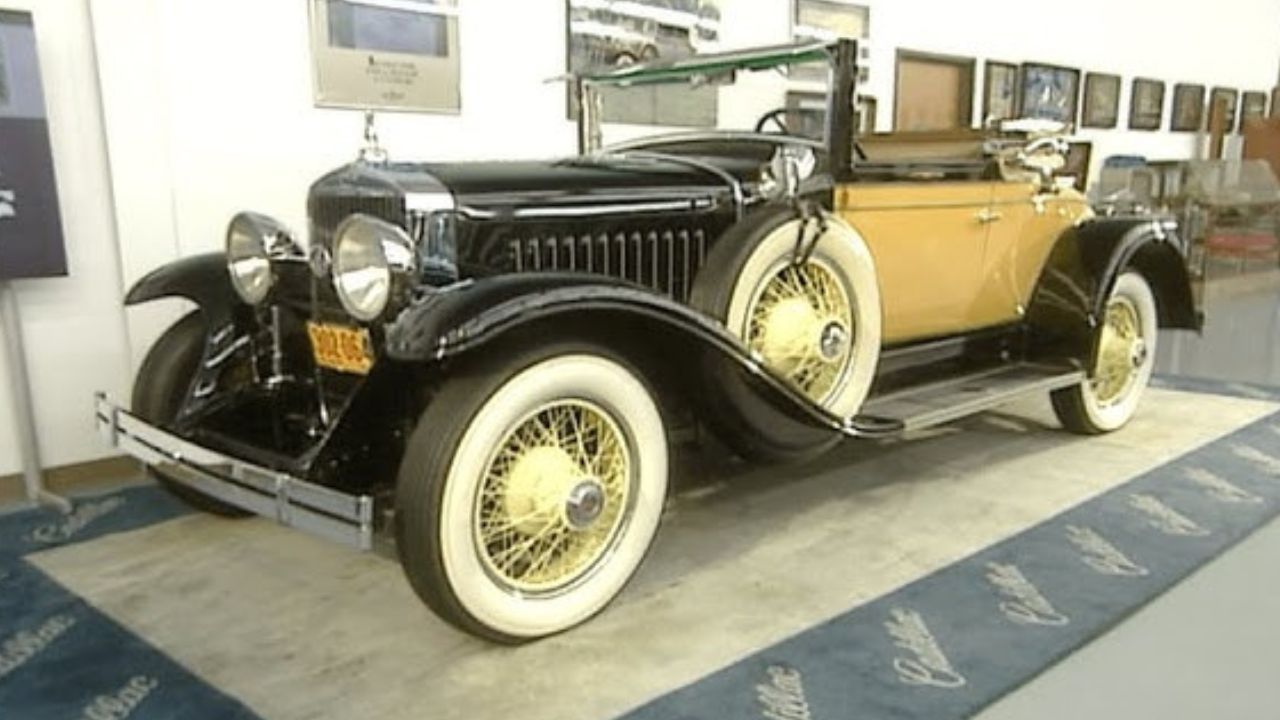
Positioned just below Cadillac, LaSalle was GM’s experiment in making high-style, high-performance cars without Cadillac pricing. The 303 featured a 5.0L V8 making 75 hp and was one of the sleekest American cars of the decade.
Styled by Harley Earl, the LaSalle set the tone for GM’s future design direction. It was quick, stylish, and refined, helping to usher in an era where looks mattered just as much as performance. Though the brand didn’t last, the LaSalle 303 left a mark on car design history.
Like what you read? Here’s more by us:
*Created with AI assistance and editor review.

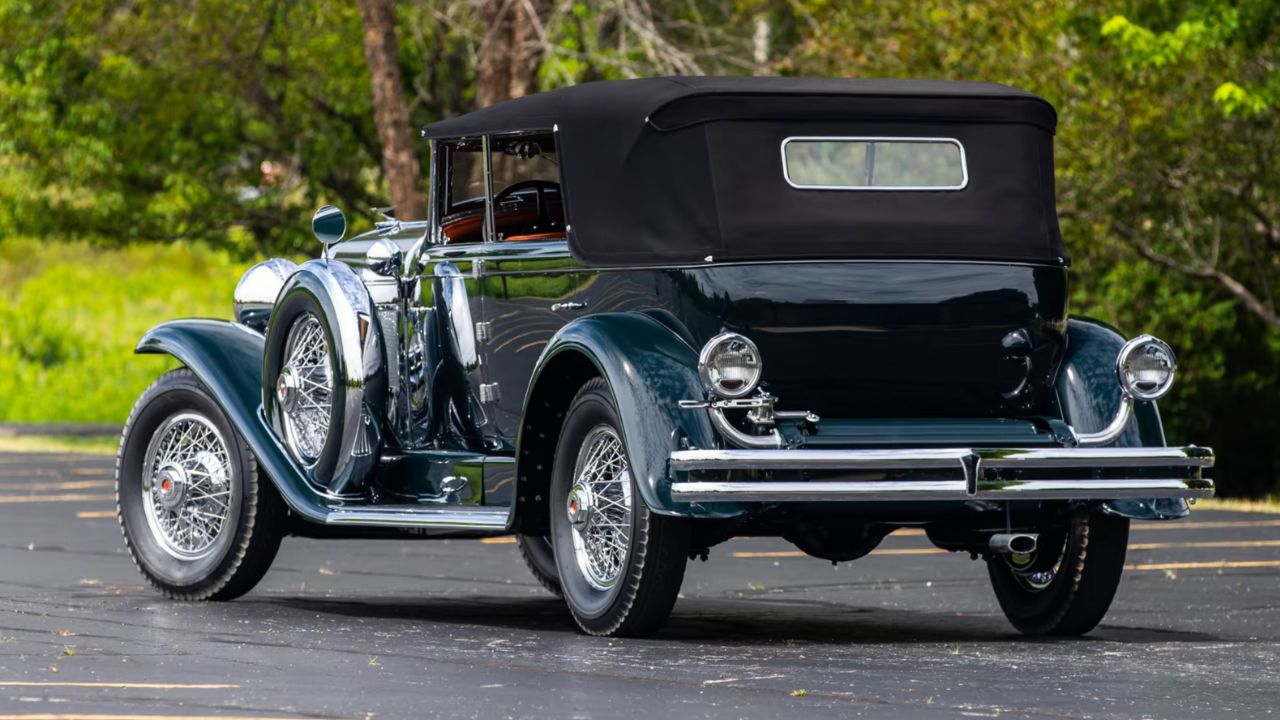
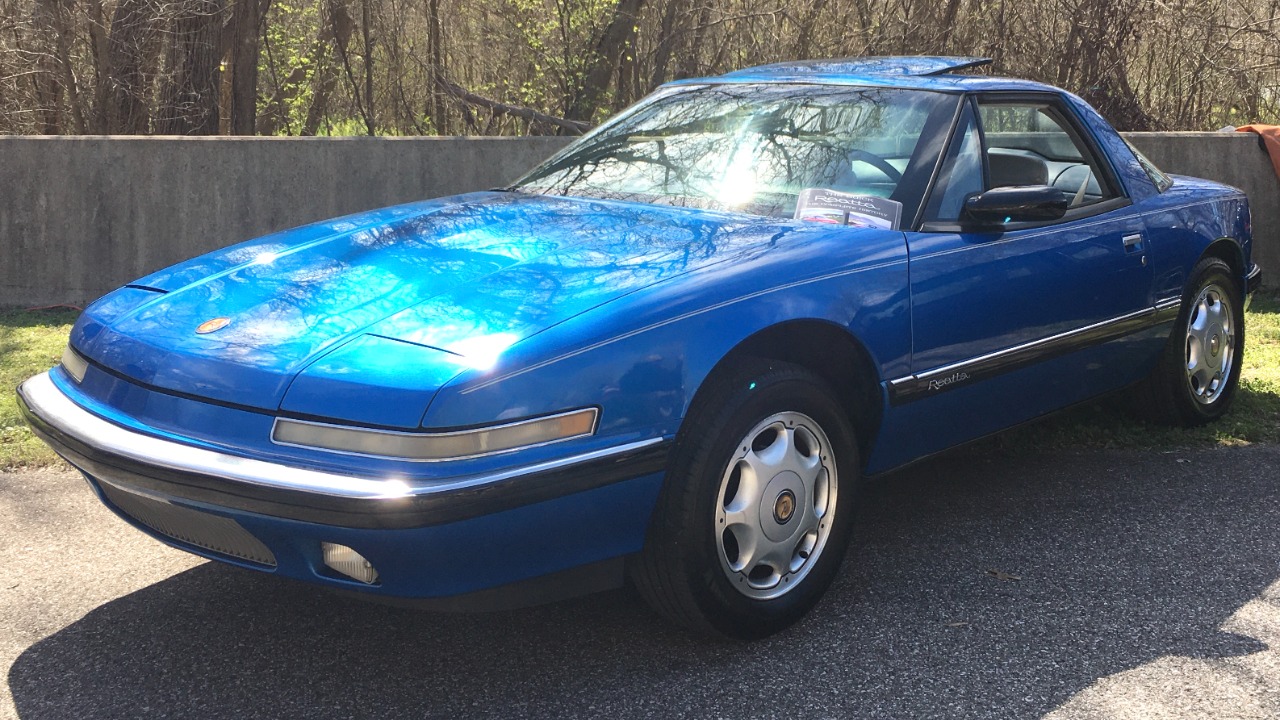
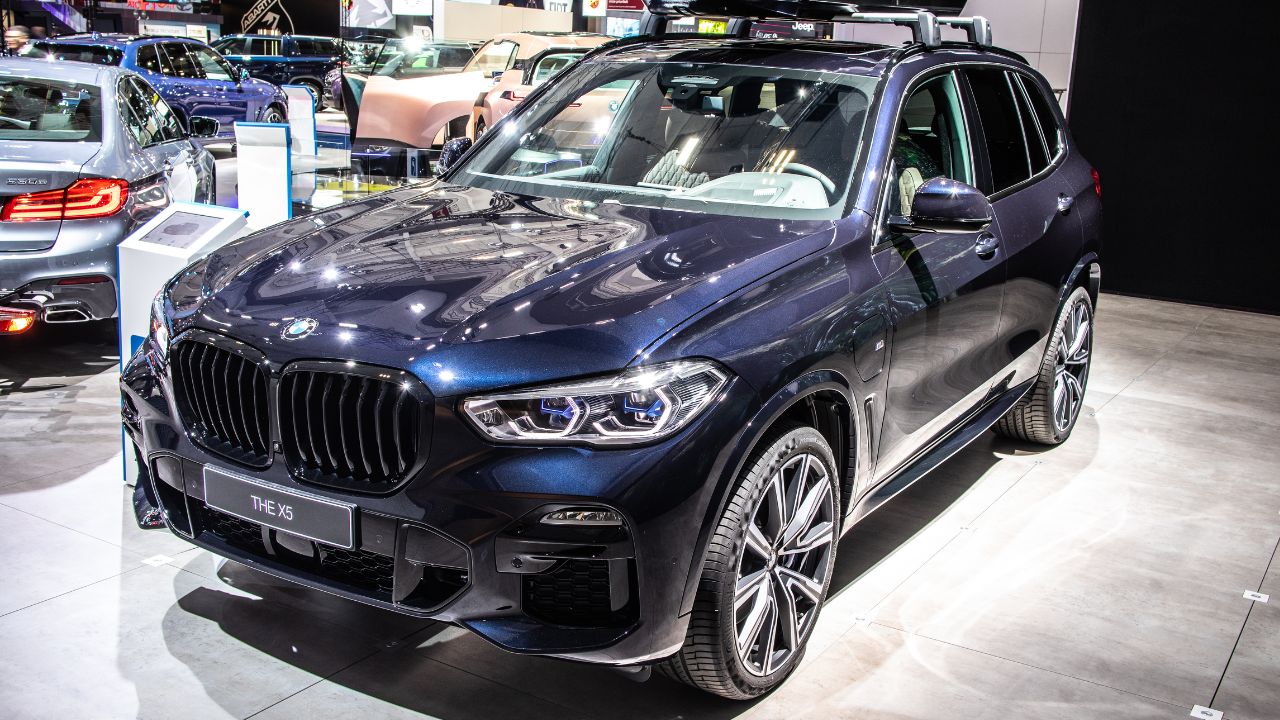
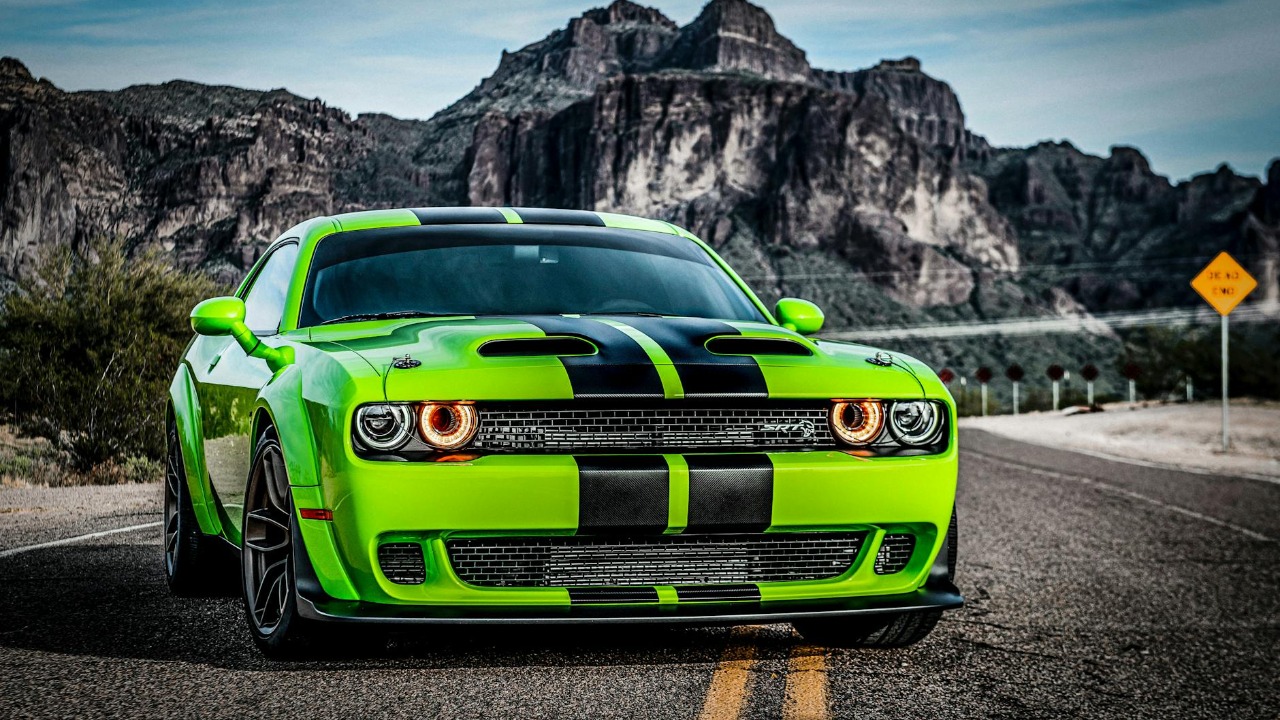
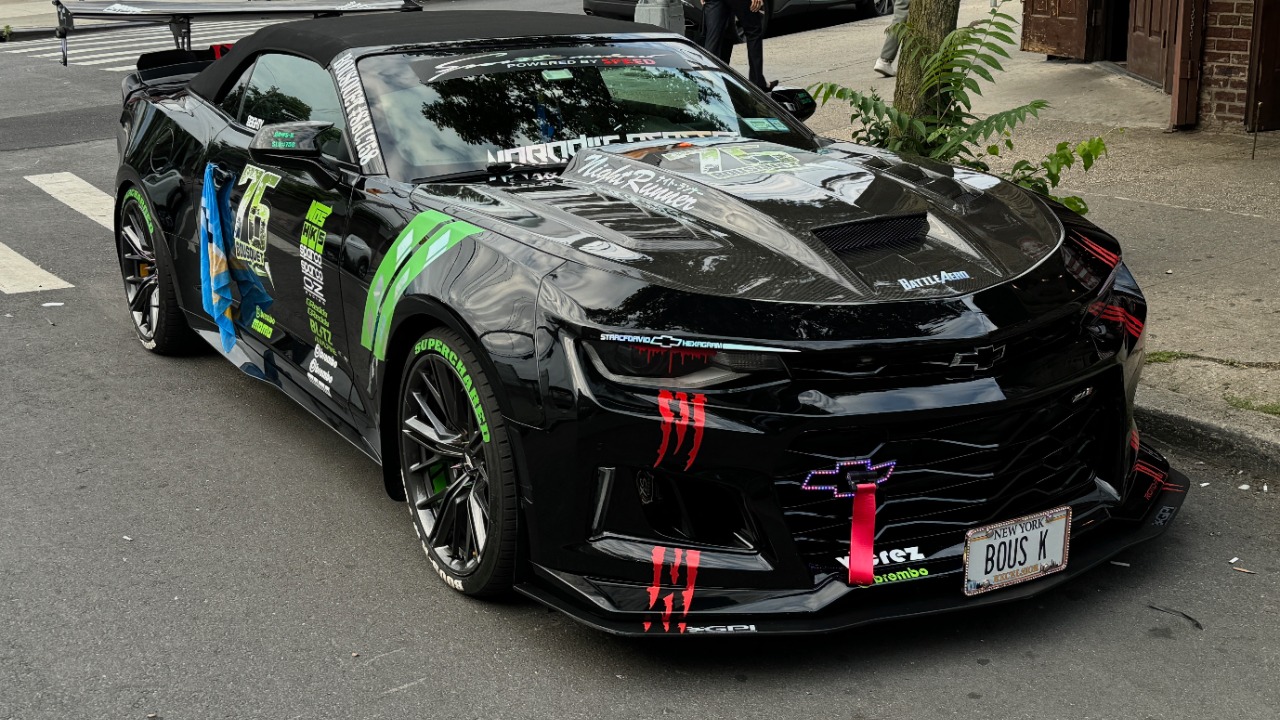
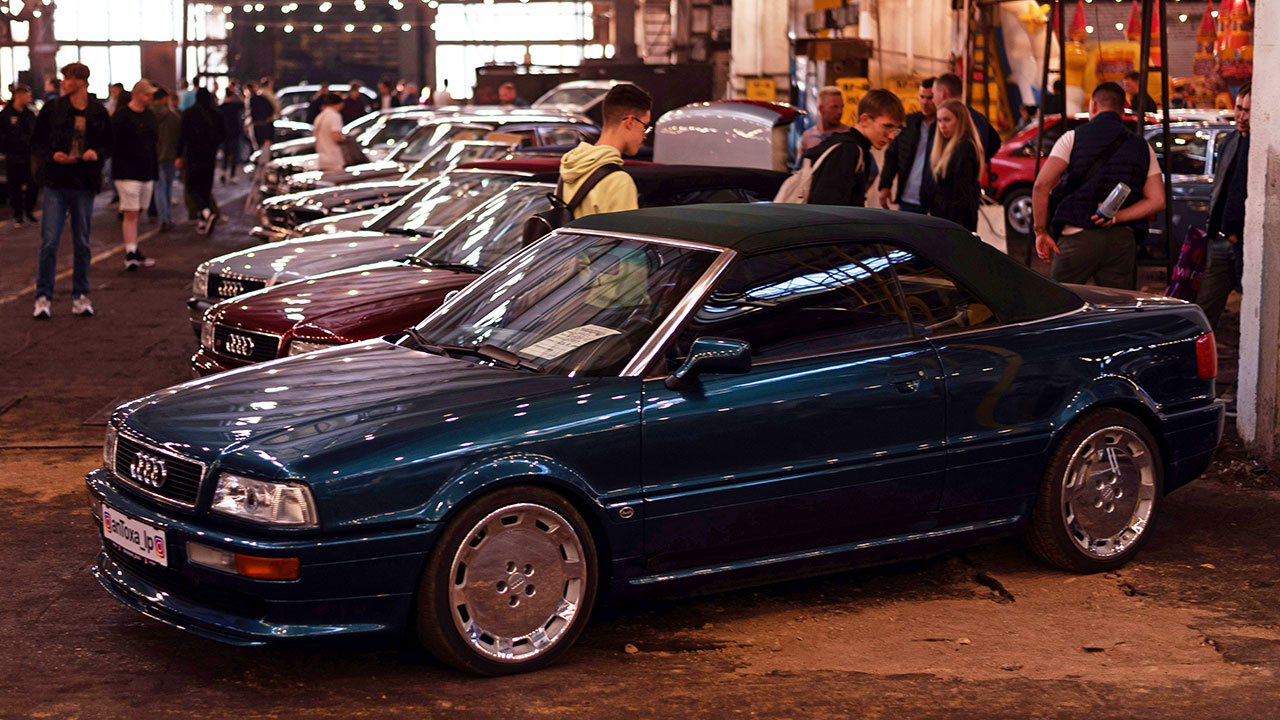
Leave a Reply